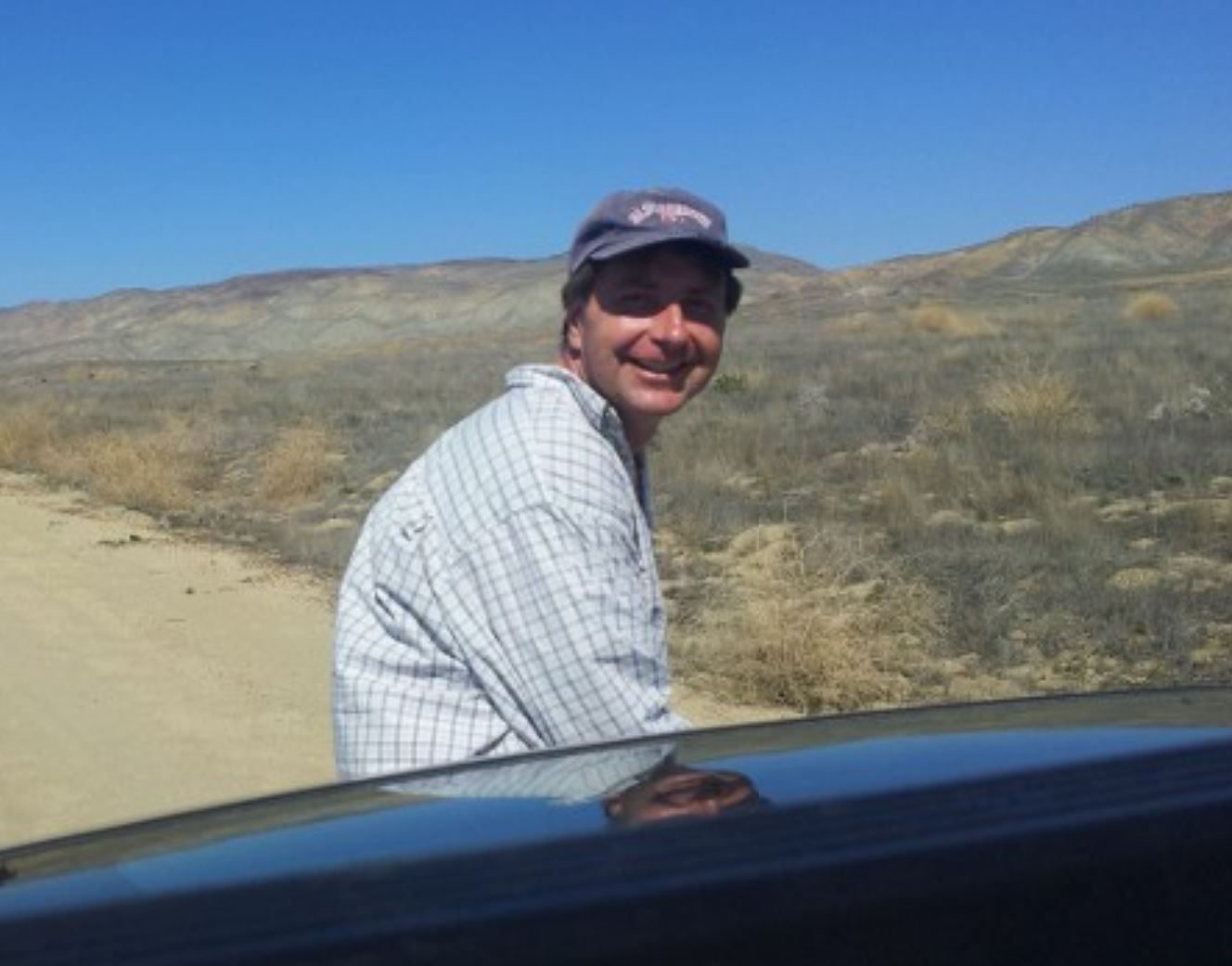

About John Jasbinsek: I am a geophysicist kept off the street by the Physics Department at California Polytechnic State University, San Luis Obispo.
If you are a student interested in a senior project or other independent study project please use the links above to see an overview of recent research projects.